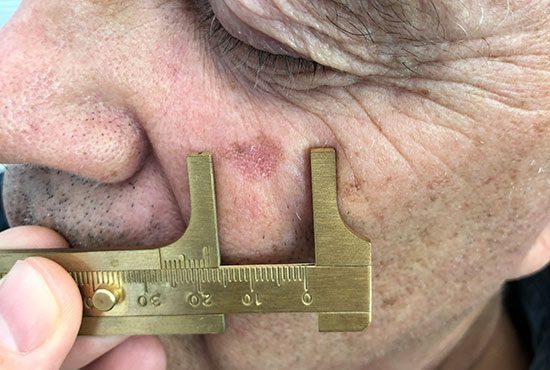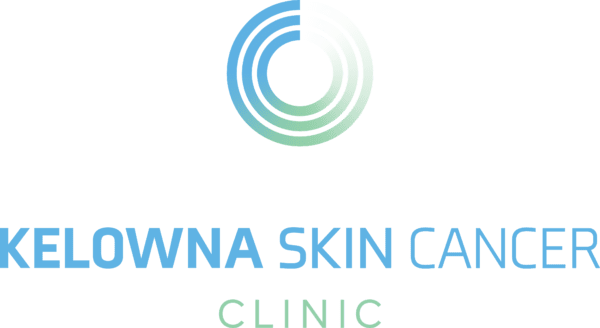ACTINIC KERATOSIS
A common precancer.
Actinic keratosis, also known as solar keratosis, is the most common form of “pre-cancer”. It develops from chronic exposure to ultraviolet (UV) rays from the sun or indoor tanning.

What is actinic keratosis?
This type of cancer most often originates from the repeated exposure to daylight, causing DNA damage to the skin, worsening with age and more exposure. Actinic cheilitis is a form of Actinic keratosis that occurs on the lips. Actinic keratosis increases a patient’s risk of developing squamous cell carcinoma by 10-15%. It is a condition that can not be cured. However, it can definitely be managed.
How to spot actinic keratosis.
Actinic keratosis grows slowly and typically exhibits no signs or painful symptoms. It appears as a patch or a small spot on the skin and is often easily felt, rather than seen. Thinner actinic keratosis lesions are difficult to see or feel. These spots can take years to develop and usually first appear in people over 40.
Signs & Symptoms
- Flat or slightly raised spots that are crusty, rough or scaly
- Red, pink, skin-coloured or silvery coloured patches
- Frequently appear on the neck, face, ears, scalp, shoulders, back of the hands and forearms (areas of the skin that have the most exposure to daylight)
- Usually more widespread, affecting larger areas than it appears to
Who is most at risk?
Anyone can develop actinic keratosis. However, some of the more common risk factors include:
- Individuals with fair skin, light hair and light eyes
- Living in a sunny area like the Okanagan
- A history of frequent, repeated sun exposure and sunburns
- Regularly going on tropical holidays or traveling South each year
Preventing actinic keratosis.
Full body protection
Protect any part of the body that is not covered with UV protective clothing. Use a broad spectrum UVA/UVB sunscreen with a minimum SPF of 30-45.
Develop sun-safe habits
Avoid harsh UV rays and seek shade between the sun’s peak hours from 10 am to 4 pm. Or simply, stay out of the sun.
Avoid tanning
Prolonged UV exposure from tanning beds can lead to as much damage as sun exposure can. Tanning bed use over time can also lead to actinic keratosis. There is no such thing as a healthy tan, or safely “pre-tanning” before going on a holiday to a sunny destination.
Check your skin regularly
Keep an eye out for any changes in spots, freckles, blemishes, or abnormal skin growths. If they hurt, bleed or grow over time, see your doctor.
Get to know your treatment options.
Actinic keratosis treatments available through our clinic, including:
Cryotherapy and topical treatments.
Additional options for management may include:
- Applying Urea 25% topically to all dry, scaly or itchy areas
- Vitamin B3 (Nicotinamide) 500mg taken orally twice a day or 1 tablet of TruNiagen taken daily
- Applying 10% Lactic acid on the affected areas
- Topical Vitamin C & E during the day and Retinol at night
Talk to a physician.
With all types of skin cancer, it’s important to seek the advice of a qualified skin health physician. At Kelowna Skin Cancer Clinic, we have tools and expertise to diagnose and guide you through your treatment options.
